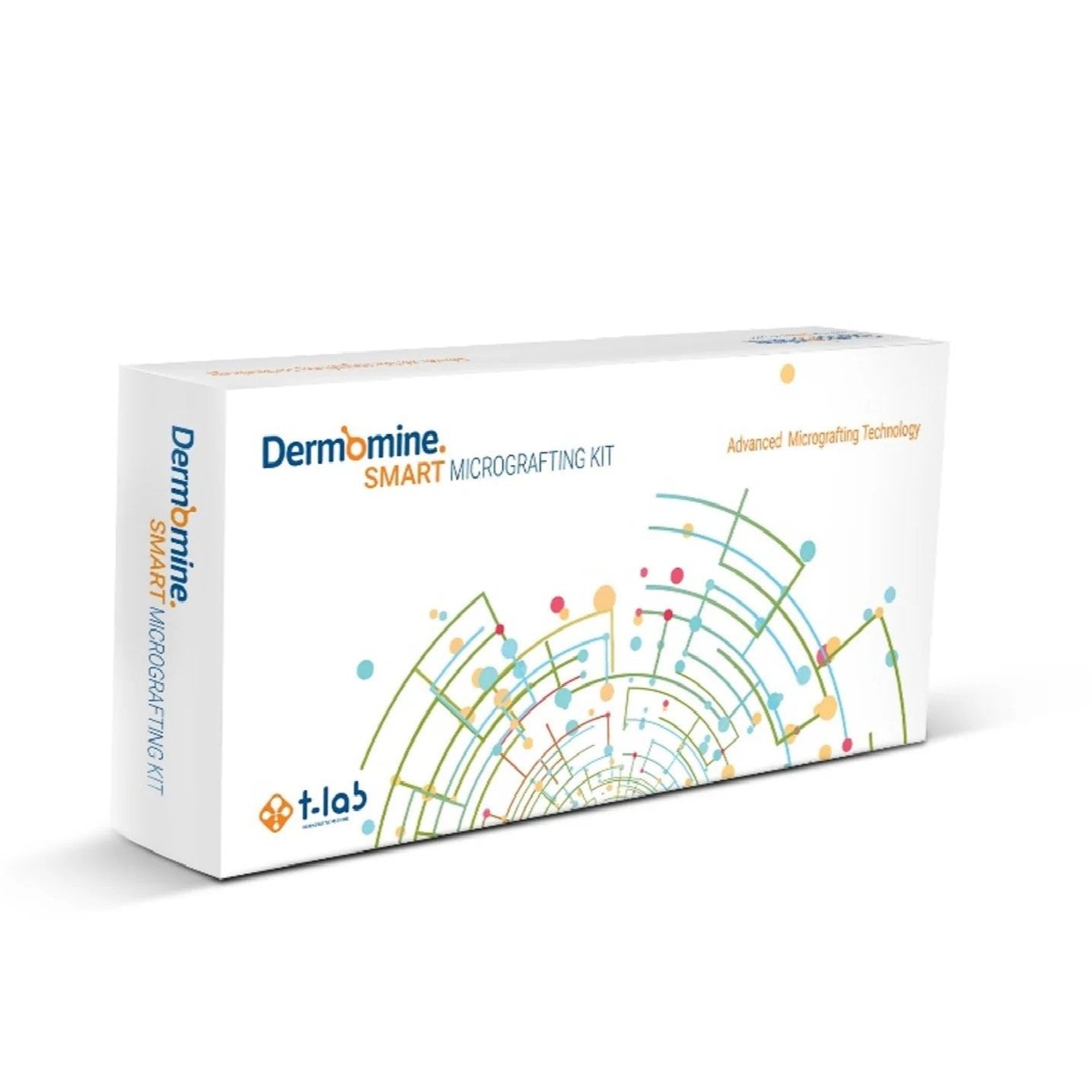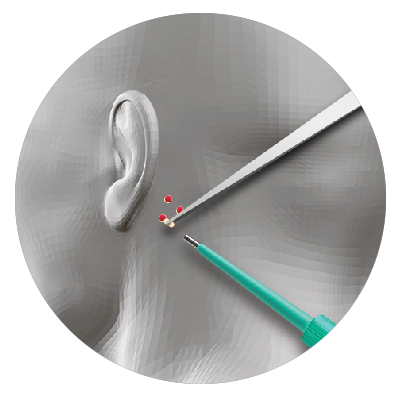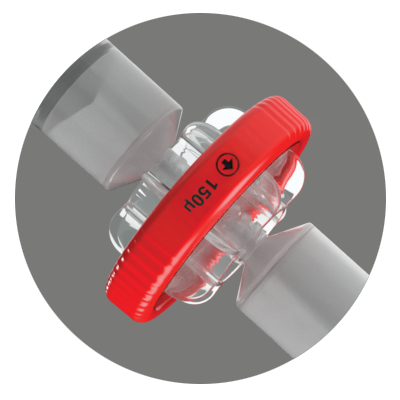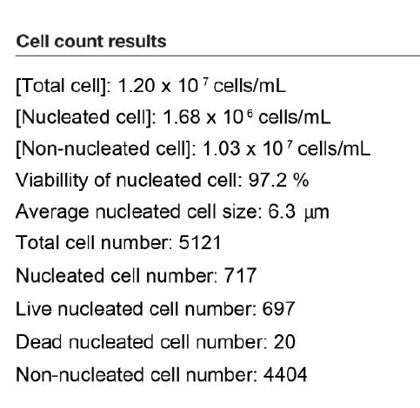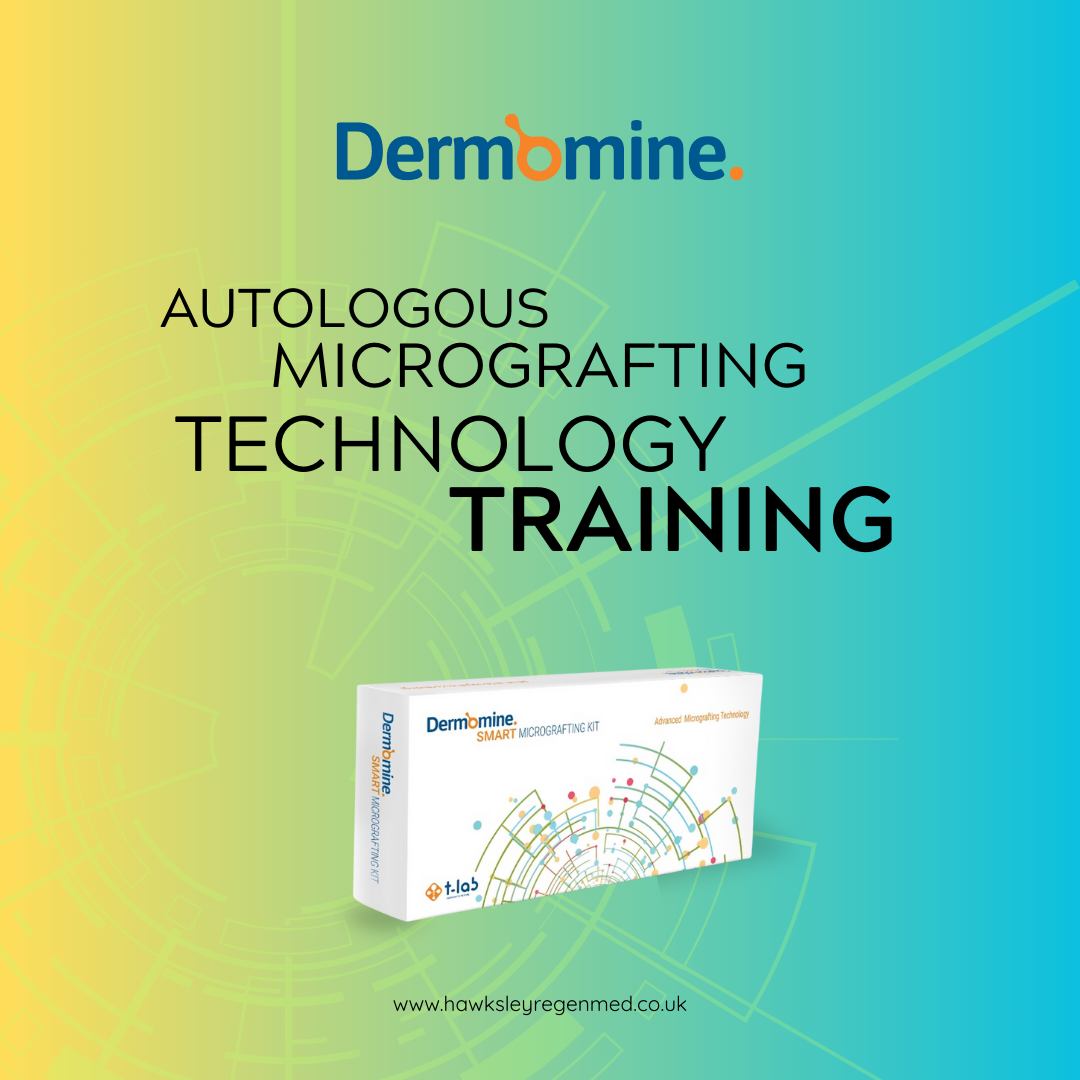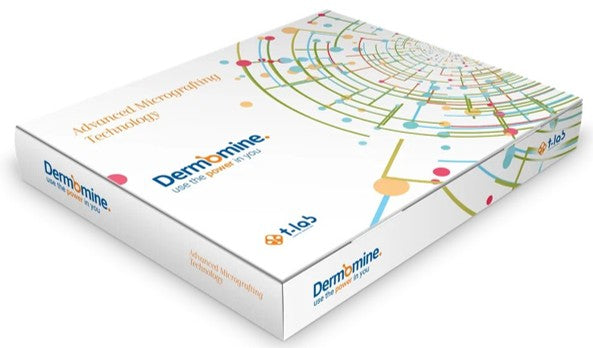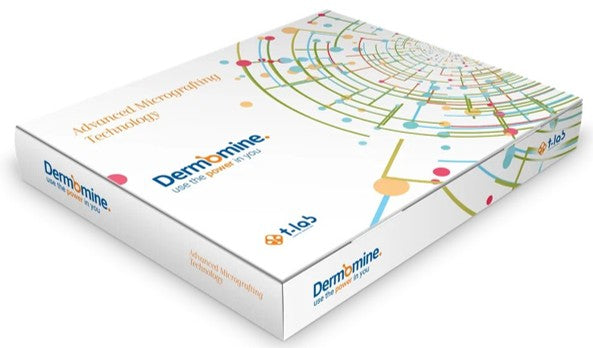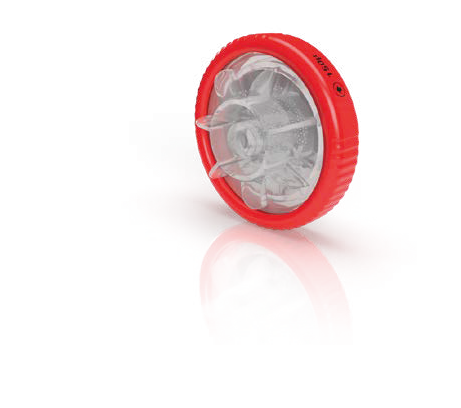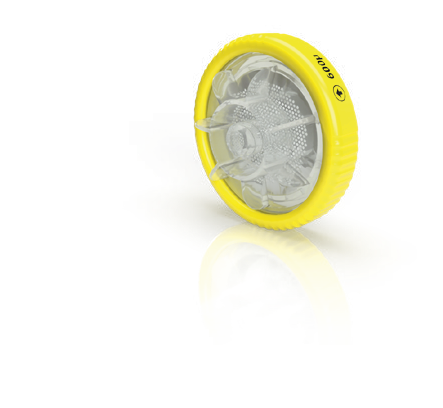STEP 1
Sterilise the skin behind the ear (or near the groin) before applying a local anaesthesia. Take a minimum of three 2mm skin grafts from the area.
STEP 2
Mix the grafts with either PRP or a saline solution. It is then passed through a 600um Microlyzer 51 times.
STEP 3
Pass the solution through the 150um Microlyzer once prior to injection - this filters out fibrotic and unwanted tissues.
THE SCIENCE
Essential markers for follicle regeneration:
CD200+: Hair Follicle Epithelial Stem Cells
CD44+: Hair Follicle-Derived Mesenchymal Stem Cells
CK15+: Bulge Area Cells

BEFORE AND AFTER
One Treatment of Dermomine
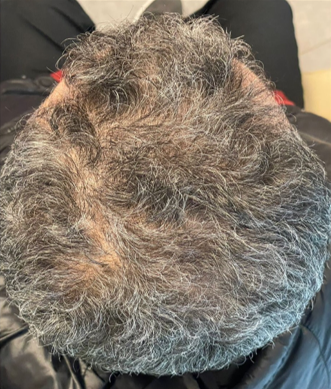
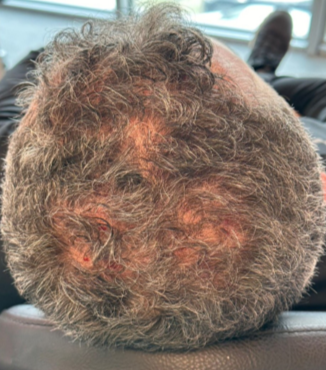 Before
After
Before
After
One treatment of Dermomine, 3 months apart.
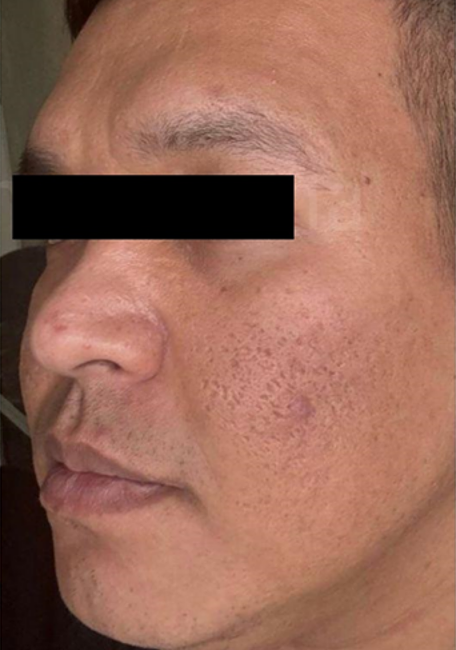
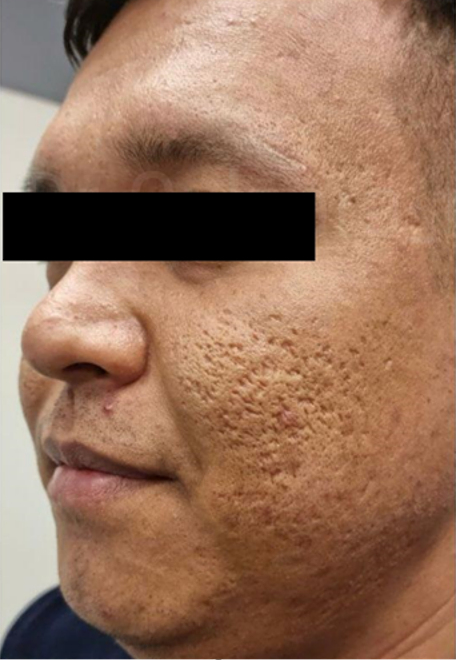 Before
After
Before
After
One Treatment
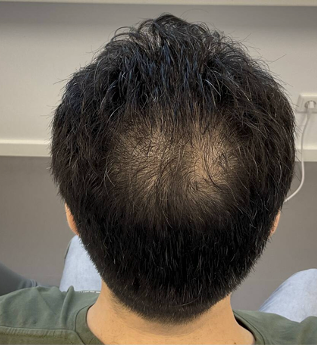
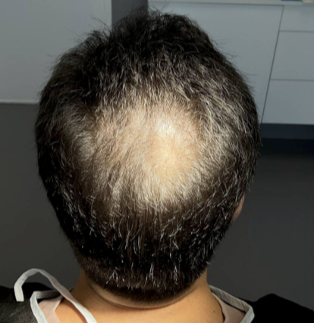 Before
After
Before
After
TRAIN WITH US
BUY NOW

